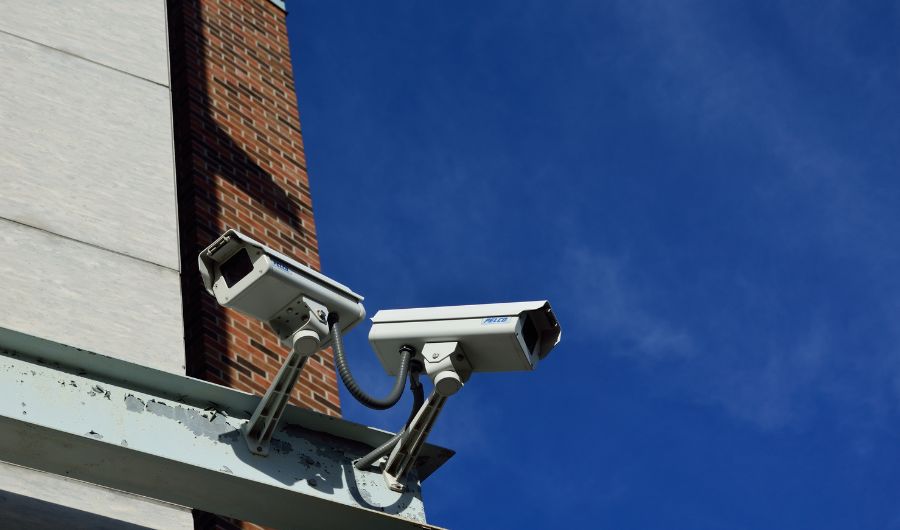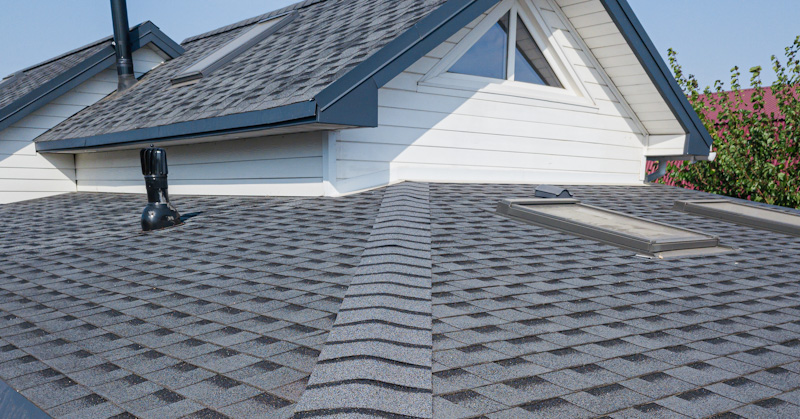Whether you’re managing a home or a commercial building, understanding how to use your AC remote can make a big difference in energy efficiency, comfort, and control. While many air conditioning units come equipped with user-friendly remotes, the symbols and modes aren’t always self-explanatory.
This guide breaks down the common features of AC remotes—what the symbols mean, how the modes work, and how to optimize settings for different environments.
Why Understanding Your AC Remote Matters
An AC unit is only as smart as the person using it. Misused settings can lead to wasted energy, inconsistent temperatures, and even wear on the system. Whether you’re a homeowner trying to stay cool in summer or a building manager overseeing multiple systems, knowing your remote helps ensure maximum performance.
Common Symbols on Your AC Remote
Most AC remotes share a standard set of icons. Here’s what the most common ones mean:
- Power Button (⏻): Turns the AC on or off.
- Mode (⮞ or “Mode”): Lets you switch between operating modes—cool, heat, fan, dry, and auto.
- Fan Symbol (🌀): Controls fan speed (low, medium, high, auto).
- Snowflake (❄️): Cooling mode.
- Sun (☀️): Heating mode (available in reverse-cycle units).
- *Droplet (💧): Dry or dehumidification mode.
- Arrows (▲▼): Adjust temperature up or down.
- Clock (🕒): Timer setting.
- Sleep Mode (🌙): Adjusts temperature gradually for energy-efficient comfort during sleep.
Refer to your manufacturer’s guide for product-specific variations, but most modern AC systems use this universal visual language.
Understanding the AC Modes
Each mode on your AC remote is designed for a specific use case. This is how to take full advantage of their features.
Cool Mode (❄️)
This is the most used function. It activates the compressor to lower the room temperature to your desired setting. Ideal for summer or hot climates, this mode should be paired with medium to high fan speeds for fast cooling.
Tip: Avoid setting the temperature too low—24°C (75°F) is generally efficient and comfortable.
Heat Mode (☀️)
If your unit is a reverse-cycle air conditioner, this mode switches the system into heating. It uses the same principles as cooling but in reverse. This is ideal for colder months and can often be more energy-efficient than electric heaters.
Dry Mode (💧)
This setting is useful in humid climates. Instead of cooling, the AC works to reduce humidity levels, improving comfort without dramatically lowering the temperature. Great for rainy seasons or areas with sticky air.
Note: To maintain balanced humidity, the fan runs slowly and the compressor switches on and off as needed.
Fan Mode (🌀)
Use this mode when you just want air circulation without heating or cooling. It’s energy-efficient and useful for mild weather or to distribute heat evenly in winter.
Auto Mode
Auto mode allows the AC to decide whether to heat or cool based on the room temperature. It’s convenient, but less precise. Use it in environments with fluctuating temperatures or for general, day-to-day comfort.
Advanced Features to Know
Many modern AC remotes include smart features to enhance usability:
Sleep Mode (🌙): Slowly increases or decreases temperature overnight to maintain comfort without overcooling or overheating.
Turbo Mode / Powerful (⚡): Achieves the desired temperature rapidly by running the fan and compressor at full capacity.
Eco Mode: Reduces energy consumption while maintaining moderate comfort levels.
Swing Control (⇅ or ↔): Adjusts the angle of the louvers to control airflow direction.
These features are especially useful in commercial buildings where energy costs and comfort levels need to be balanced carefully.
Best Practices for Home and Building Use
Set and forget is a myth. Regularly adjust settings based on occupancy, season, and weather.
Use timers. Set your AC to turn off automatically after hours to avoid unnecessary energy use.
Educate users. In shared or public buildings, ensure tenants or staff understand how to use the AC remote properly.
Regular maintenance matters. Even the best remote can’t help if filters are dirty or systems are inefficient.
Conclusion
Knowing how to use your AC remote isn’t just about pressing buttons—it’s about maximizing comfort, controlling energy use, and getting the most out of your system. Whether you’re managing a single unit at home or multiple systems across a facility, understanding the symbols and modes on your remote puts you in control – service ac jakarta utara.













